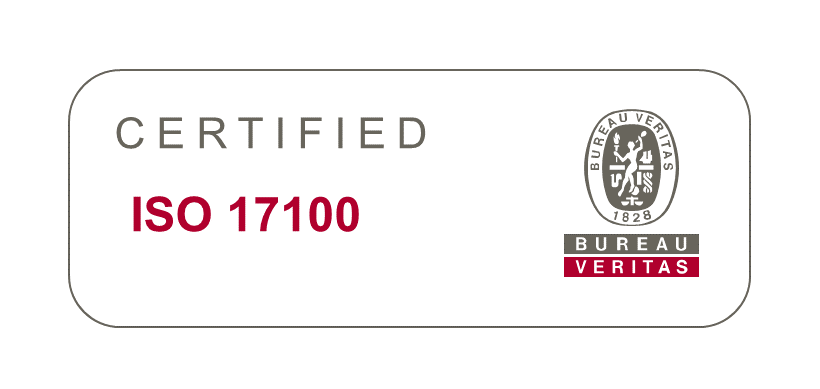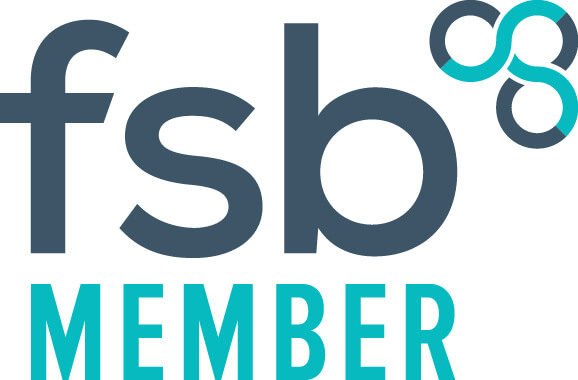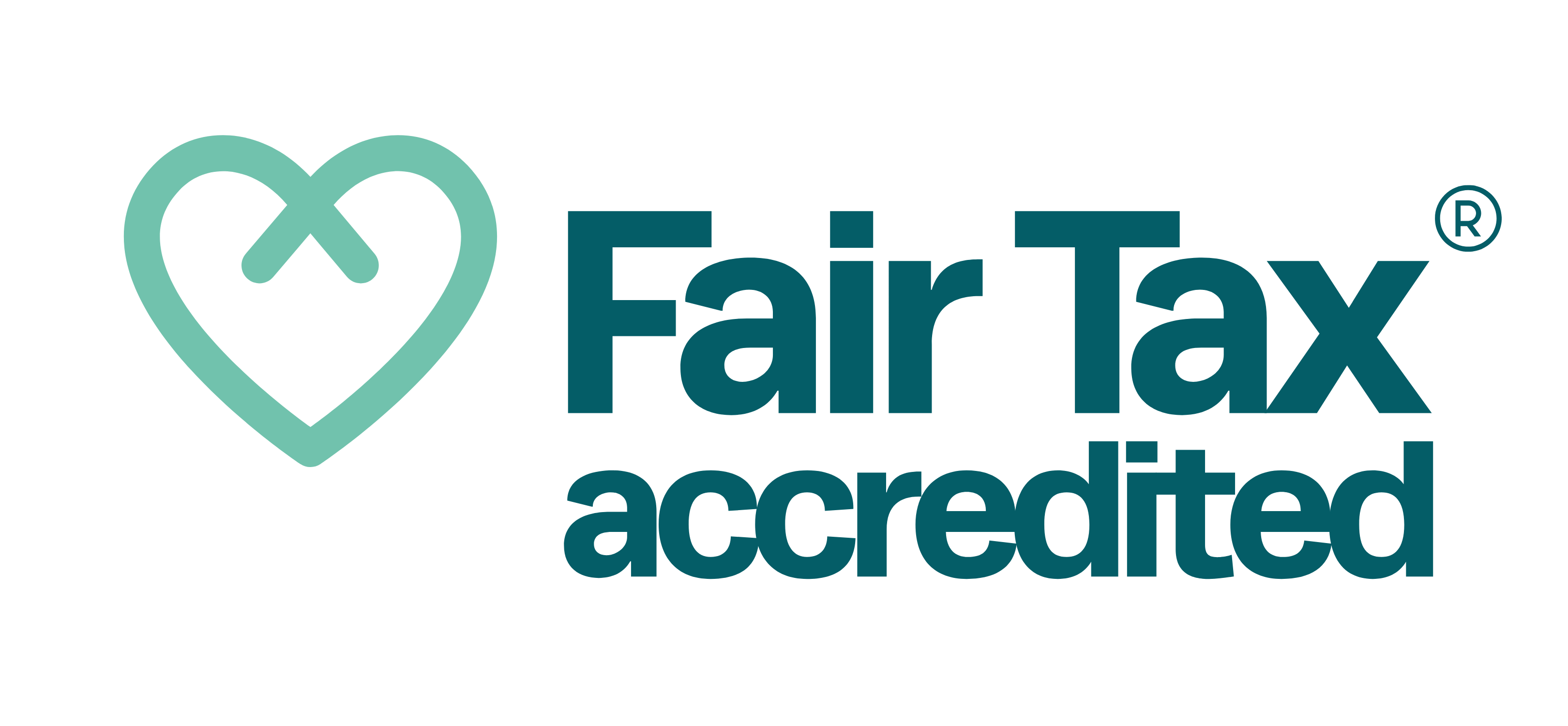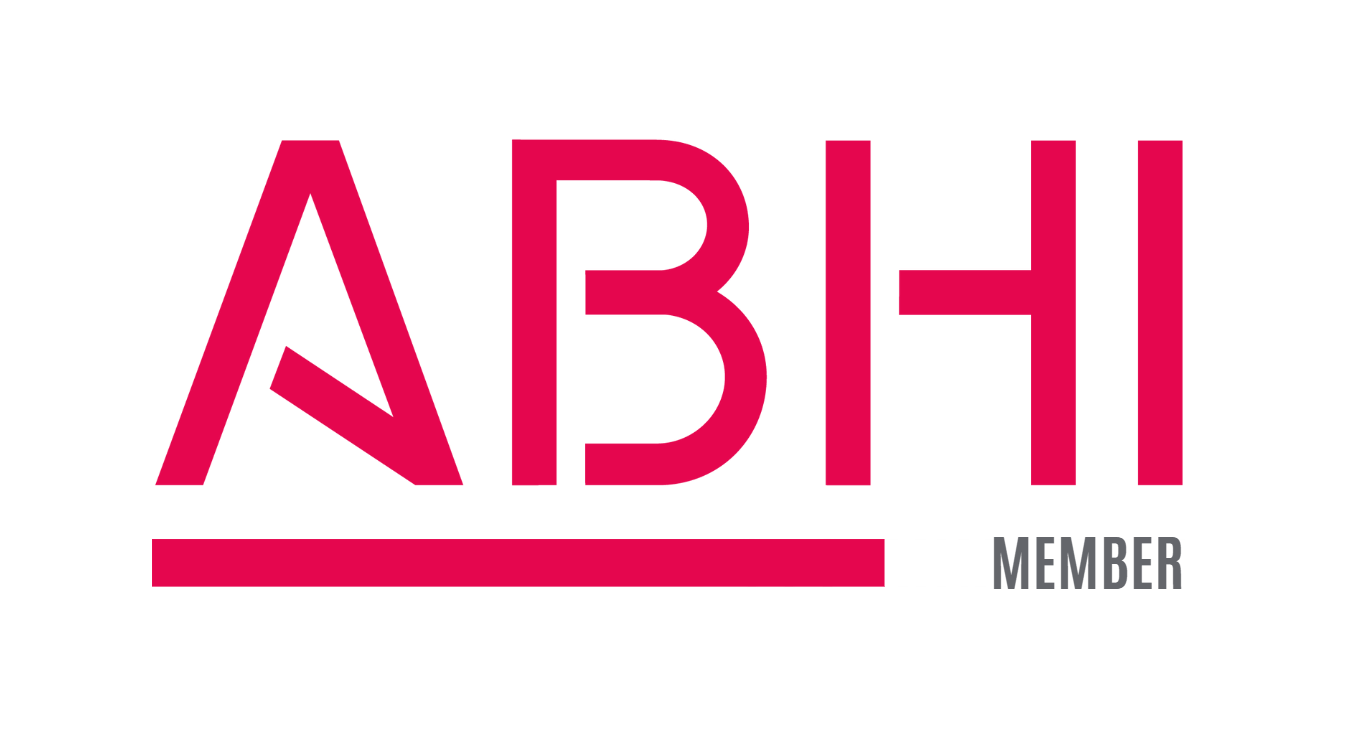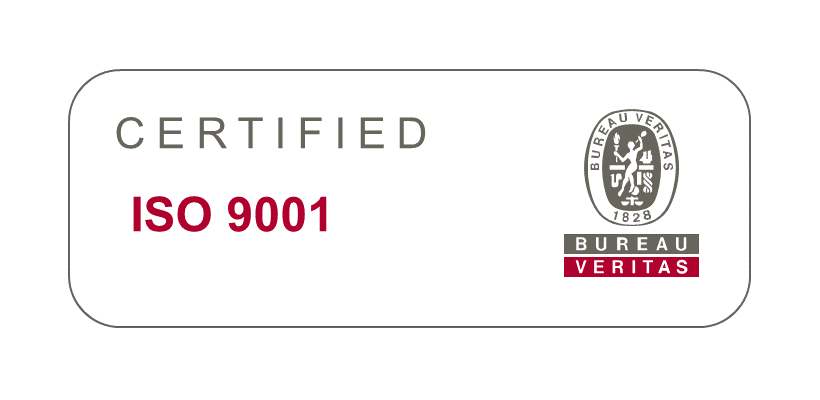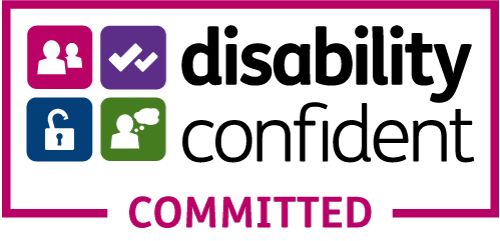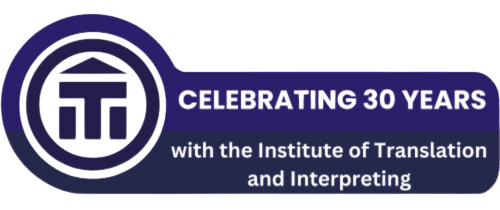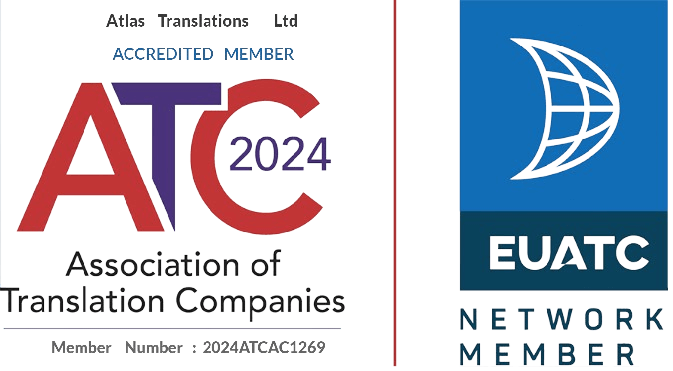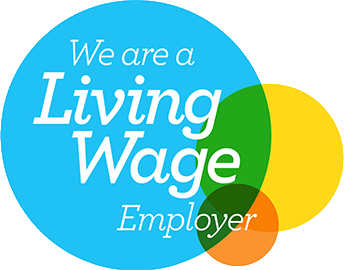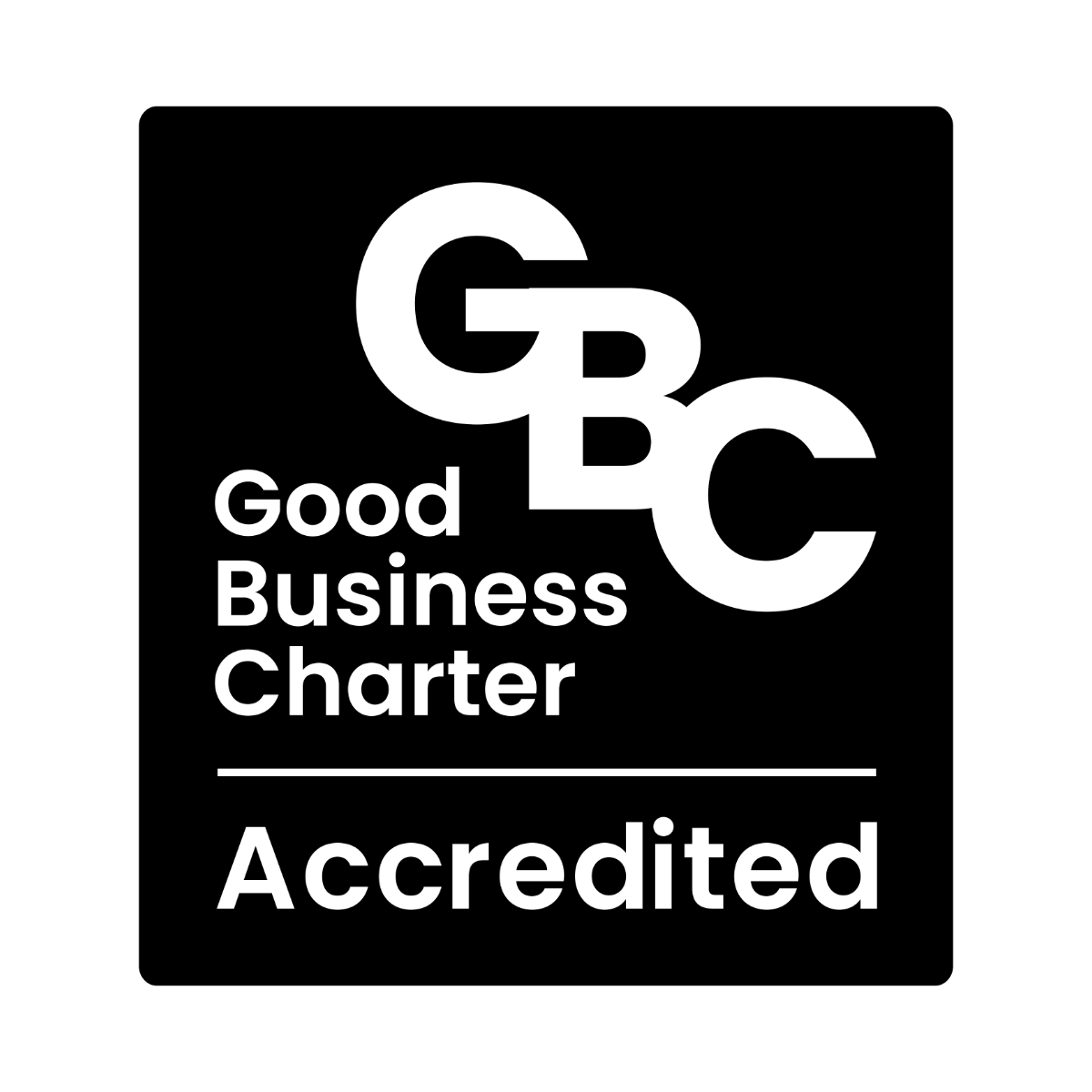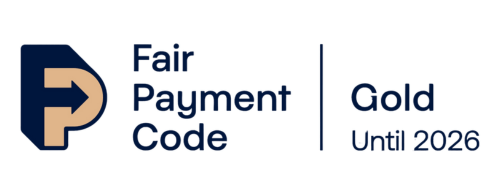How to brief a translation company and the best process to follow!
Firstly, ensure your source document to be translated is the absolutely, definitely final version! Making amends, deletions and additions during the translation process can be confusing and may incur extra costs for additional time and rewrites.
Look at the document to be translated, and see if it is appropriate to the intended market. If it contains references to Blue Peter, British figures/ celebrities, weights, measurements and currency, do you want to delete/amend these, or ask the translator to localise them for you?
Look for a professional translation company – they should be accredited. So for instance, look for membership of the ITI (Institute of Translation and Interpreting). Ask who will be doing your translation – they should be using translators who work only into their mother tongue, and who specialise in a particular area – food technology, marketing, IT and so on. Get some quotes in, speak to them, meet up with them. They will give lots of advice if you ask!
Prices are usually calculated according to the word count – so have a good look and assess if ALL the information needs to be translated.
Work out a deadline, having spoken with the translation company to find out what’s reasonable. A rule of thumb in the industry is 2000 words a day (per language). Try not to rush – remember how long you spent crafting the English version?!
It is worth writing a brief for your translation company – it will help you and the translators. You could include:
Target countries – so you want French, but is that for France, Canada or elsewhere?
Your intended audience – who will be reading your document? Is it for a website, packaging, a script for a voiceover?
Reference material – are there any previous translations for reference? This will ensure consistency in common terms.
Background information – websites about any product referred to, in English or target language.
The tone you are looking for – avoid any mis-understanding by stating if you want the writing to be laid back, business like, informal…
Software – any specific requirements?
Editorial freedom – translators do not usually translate word for word, particularly on creative texts, as this would lead to a clunky translation. Does your translator have any freedom to move away from the text, or do you want them to stick reasonably closely to the source document?
Queries from translators – who will deal with them? Translators have eagle eyes and will spot any inconsistencies or ambiguities, or if a sentence seems not to make sense. Let them know who they should contact with any queries. Encourage questions and discussion.
Proofreading – Your English version will have been read, read again, pored over, rewritten, changed back…. Allow time for this to happen with your translation! All texts destined for publication should be proofed by a second native translator. Your translation company can arrange this, or you may have contacts who want to be involved.
Typesetting – leave this to the experts at the translation company… especially if you’re dealing with languages like Arabic, Farsi and Urdu which read from right to left and you have no way of checking (unless you are fluent in these languages).
One last check – when you’ve got everything ready to print or go live on a website, just ask someone to have one last check…just as you would with the English version.

